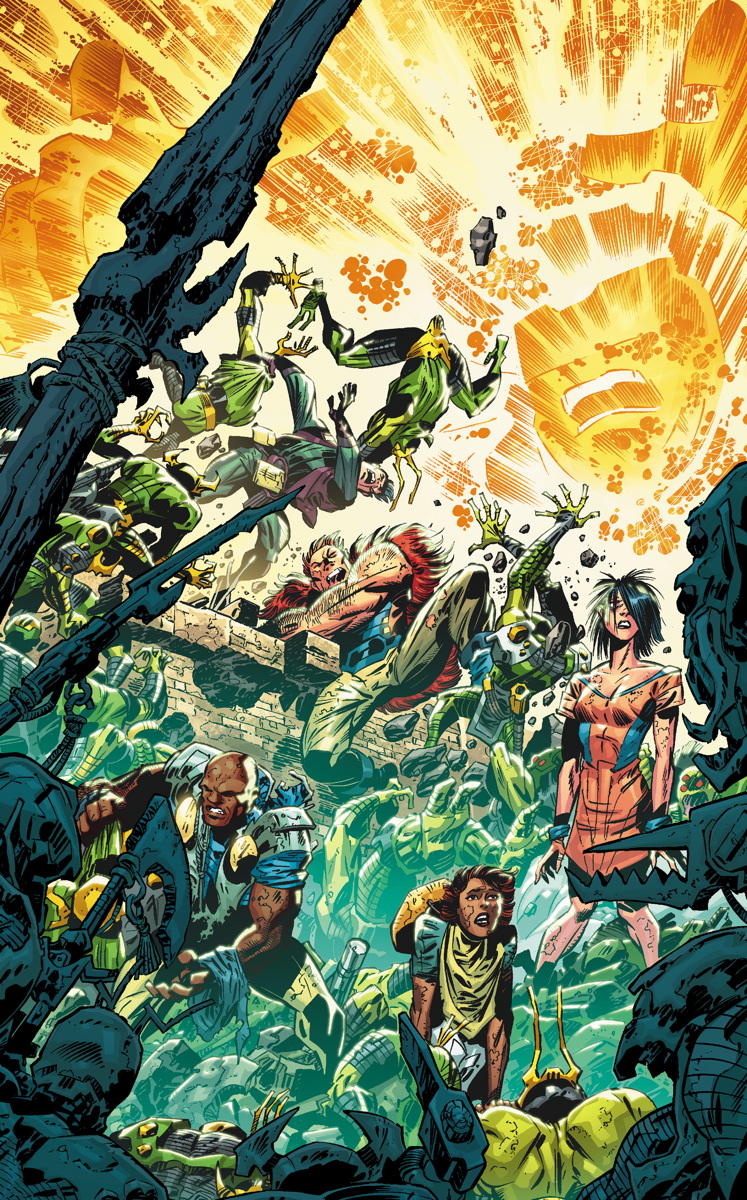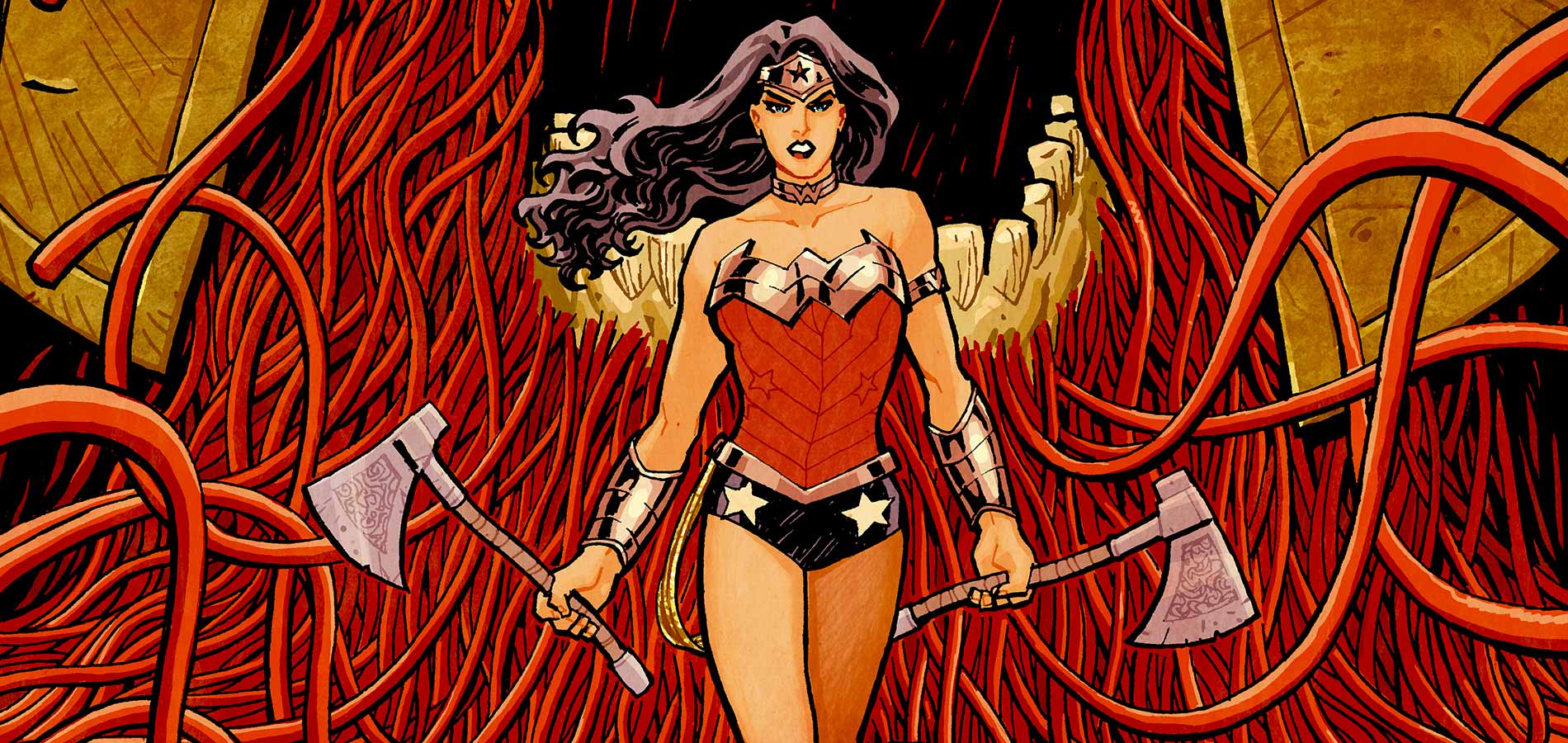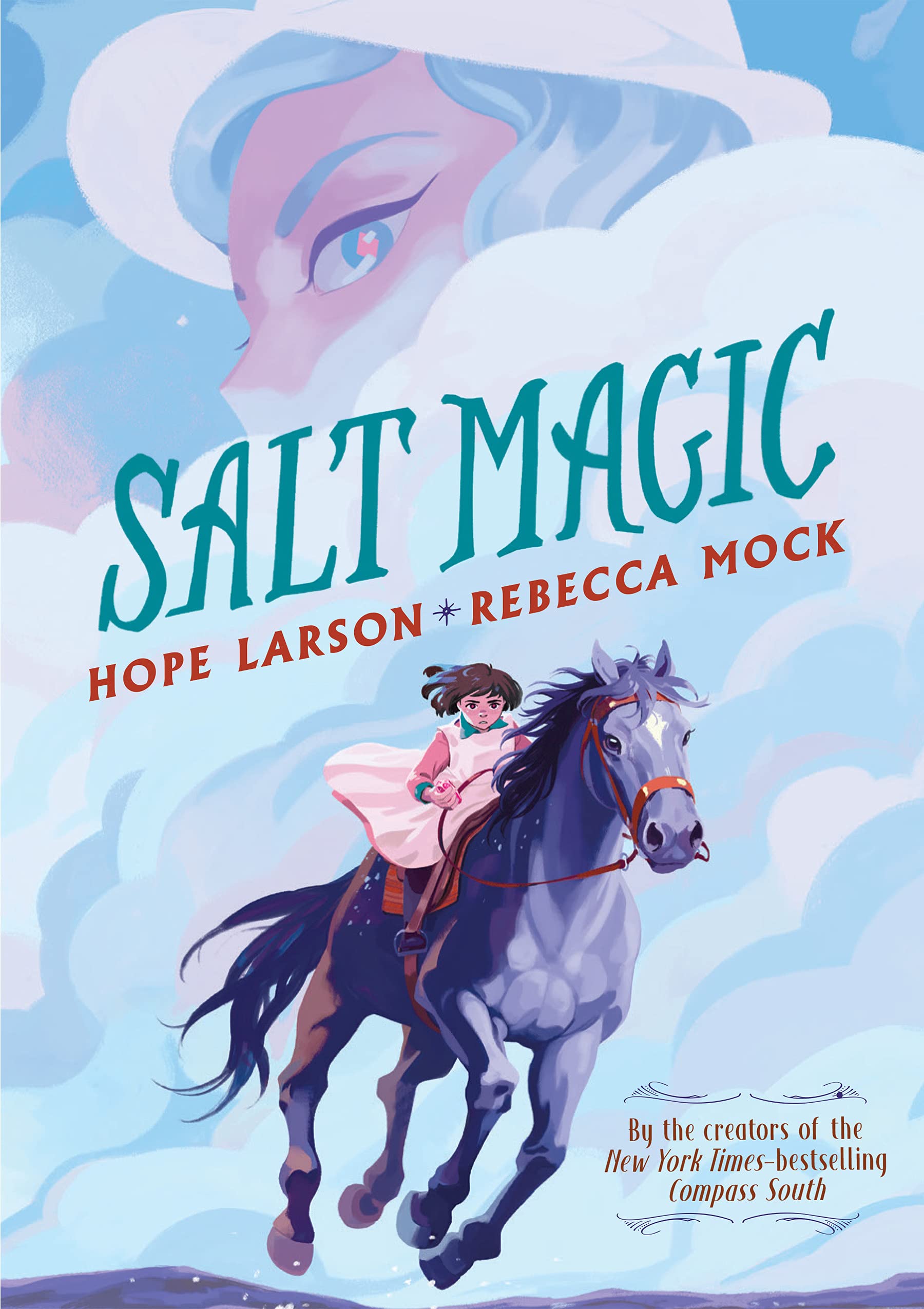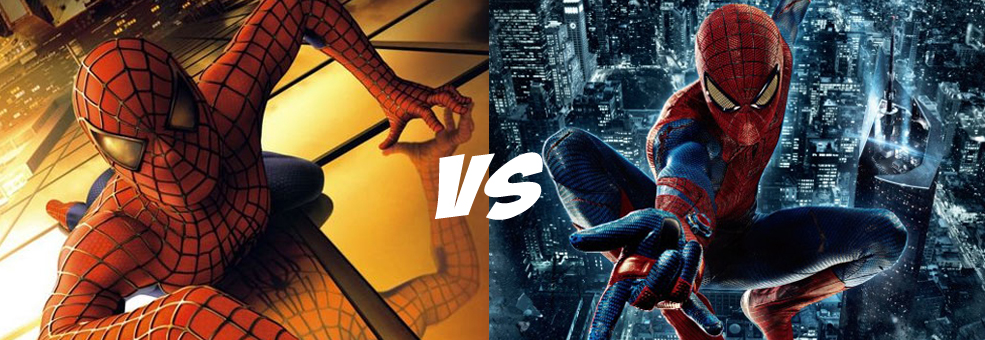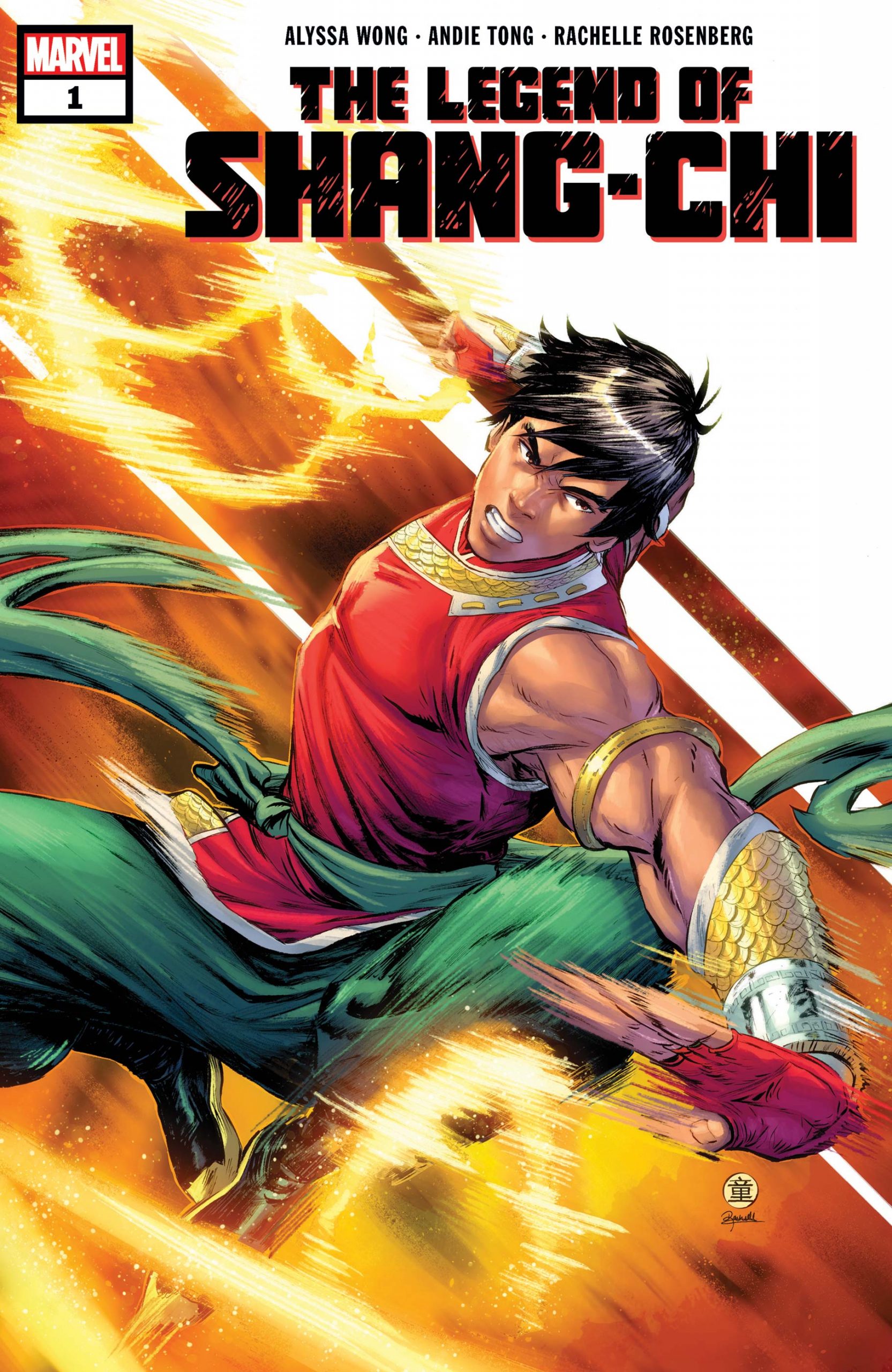
Hear Me Out: Support for the HydraCap Storyline
By: KrisK
(WARNING: SPOILERS ABOUND FOR CAPTAIN AMERICA: STEVE ROGERS!)
HydraCap is possibly the most hated character idea of the millennium for Marvel. The story line of turning Captain America into the Supreme Leader of a Nazi sub-group repulsed long time fans and took the media by firestorm. The purest Marvel Super hero batting for a group synonymous with White Nationalism is controversial to say the least, but I don’t think its what everyone is making it out to be. For the record, I am not supporting the actions of HydraCap or his message. He is a villain, through and through. My goal here is to give a nuanced argument for a story arc that I feel was never given a fair shot based on its concept.
One of the main arguments of the #saynotoHydraCap crowd is that this is not their Captain America. He isn’t. No one is saying that this version of Cap is supposed to be. He has been altered from the beginning by a cosmic cube, in order to make him a Hydraphile. (Issue #2 in Captain America: Steve Rogers , now known by acronym CA:SR, ) They are also not trying to make a case for the new found allegiance of Steve. Every hero and their mother rightfully wants to punch him in his face. (Except The Punisher who just wants to murder criminals and is hardly a shocking ally.) This makes the story line easier to digest, compared to the Civil Wars, where heroes committed constant sins and have nothing to hide behind besides their ego.
The most interesting facet of this character, though, is the ways that he still is Cap. In the first issue of CA:SR, Cap is forced to make hard decisions in his fight for Hydra, and he attempts to eliminate Jack Flag, an old friend. He does not relish this task, but instead deeply mourns its perceived necessity. When Jack survives the fall, Cap is hesitant to follow through and execute him for the Red Skull. By CA:SR #10, he was just getting around to being able to do it. Luckily for him, he learned that the plug was being pulled just before terminating Jack, and Hydracap’s conscience was saved another burden.

HydraCap eventually takes control of Hydra from the Red Skull to save Hydra from its Nazi affiliations; Hydra Steve was trained by an older vanguard of Hydra. Hydra had infiltrated the Nazis in order to take over their empire. Cap’s mentor, Elisa, fought against this tactic, worried that Hydra would be swallowed up by the Nazis. She was right, and the Red Skull, an evil bigot, took over Hydra. HydraCap had wanted to free Hydra from the Nazis, and go back to just being totalitarian fascists. He truly believed it was necessary in order to save the world from the threats it faced. He did not hate people based on race, only for perceived selfishness and weakness.
So why make Hydra Cap?
The simple answer is for an intriguing story. The CA:SR is a fascinating tale of espionage. At its heart, HydraCap is not only a double agent, but he manages to simultaneously gain control of both agencies. There are countless threads weaving in and out of the story arcs, and every character has a genuine motive behind their actions and betrayals. Those threads all tie into Secret Empire.
If you didn’t read CA:SR, I admit, the rise of HydraCap is rather sudden. If you read CA:SR, though, his running S.H.I.E.L.D. with more power than Maria Hill (CA:SR #10), his knowledge of the Dark Hold (CA:SR #9), the coming Chitauri (CA:SR #8), and the planetary shield keeping the cosmic level heroes off of Earth (CA:SR #16) seem less like the planets aligning and more like a long game finally coming to fruition. This story had more direction than any other, keeping to the same plot for a year and a half, and delivering on all of that promise.
Whether or not it was intentional and to what level, you cannot avoid the political parallels to what is going on in our country today. In the very first issue of CA:SR, the reader is introduced to Robbie Dean Tomlin. Robbie has had a hard life. His parents fought, and they were constantly evicted. Robbie struggles in school, and after high school, he resorts to stealing cars to make rent.
In prison, he falls in with the white supremacists. He gets a job after prison, but he is still covered in tattoos of the supremacists. The financial crisis hits, and he is laid off. He becomes a drug addict, finds love, and loses said love to addiction. He starts the 12 step programs in church basements, and he might turn it around, but he gets a call from his old cell mate. Guy invites him to hear a speaker who is talking about what they used to espouse in prison. The speaker is the Red Skull.
The Red Skull talks about how the world is leaving behind the European races, and how they must take it back. It’s the standard fare for White Nationalism, but to poor Robbie, it sounds like someone saying he can get a new life, and that things aren’t his fault. The Skull offers belonging. From there, Robbie joins Hydra and is an active observer in the assault of a black man. Right after taking place in this violence, Robbie is asked to serve as a suicide bomber. Robbie accepts this task, as a way to escape the guilt he had about his part in beating a black man.
Once on the train that Robbie is supposed to bomb, Cap tries to talk Robbie out of it, but he does not succeed. Cap sees that the man is merely lost, and like any good superhero, he tries to save him, regardless of what the man was about to do. Because Robbie is still a human being. But he was a human being who had lost the will to live.

While the allegory of HydraCap is clearly an exaggerated version of what has been happening for the last couple years, it is the best attempt in comics at understanding where the other side is coming from. It does not agree with the racism, but it tries to help the reader know what drove people to elect a man who started out his political career by calling the first black president a secret Kenyan, and referred to Mexican immigrants as “rapists”. It was fear of being left behind. People felt like the world had moved on without them, and that they were becoming unwanted. It used to be enough to be a guy with a high school diploma. Now, everyone wants a degree, and the factories that employed millions are long gone.
It’s one thing for Ms. Marvel to fight for those like her, and it’s easy to root for ideals like equality, that we all strive for. It’s another thing to stop and actually look at the other side, and try to understand where they are coming from.
My wife’s family is from Mexico, and I want to scream whenever I hear people talk about how they don’t belong, or that they are criminals or bums. They are some of the hardest workers I know, and they give more time and money back to their communities than anyone else I know. But we cannot close ourselves off to those who disagree with us. If we do not listen to each other, we cannot work together to fix the underlying problems causing these rifts, and the divisions will only grow. I understand the rage at making Cap into Hydra, especially during these times, but we have to open ourselves to the conversation. We can’t write off the other side. In the real world, no one thinks of themselves as the villain, and no one is trying to be.
In the end, HydraCap loses, of course. He was a tyrannical authoritarian at the end of the day, who interned thousands of inhumans and was responsible for countless deaths.Hydra loses, not just because they are the bad guy, but because fascism cannot survive the light of liberty. No matter how dark it gets, the light always breaks through. And that’s what Captain America stands for, no matter the era. Yes, its a reversal to have Cap be the villain that needs taught that, but he receives that lesson from Captain America, the hero. At the end of the day, the comic was just a good story, that was entertaining. Also, thankfully, it wasn’t another full on hero vs. hero Civil War.
You can give me a shout at krisvkuzeff@gmail.com


